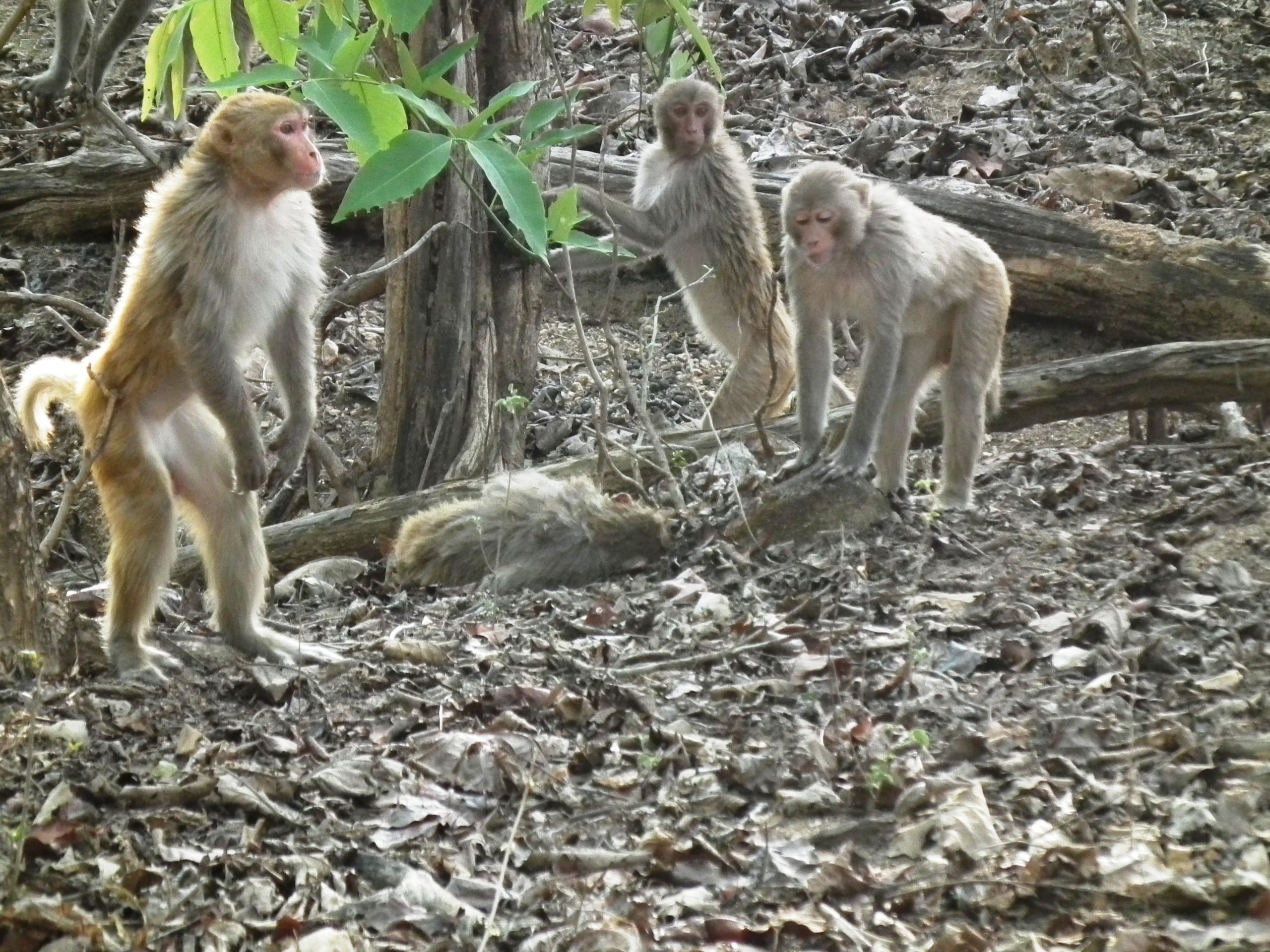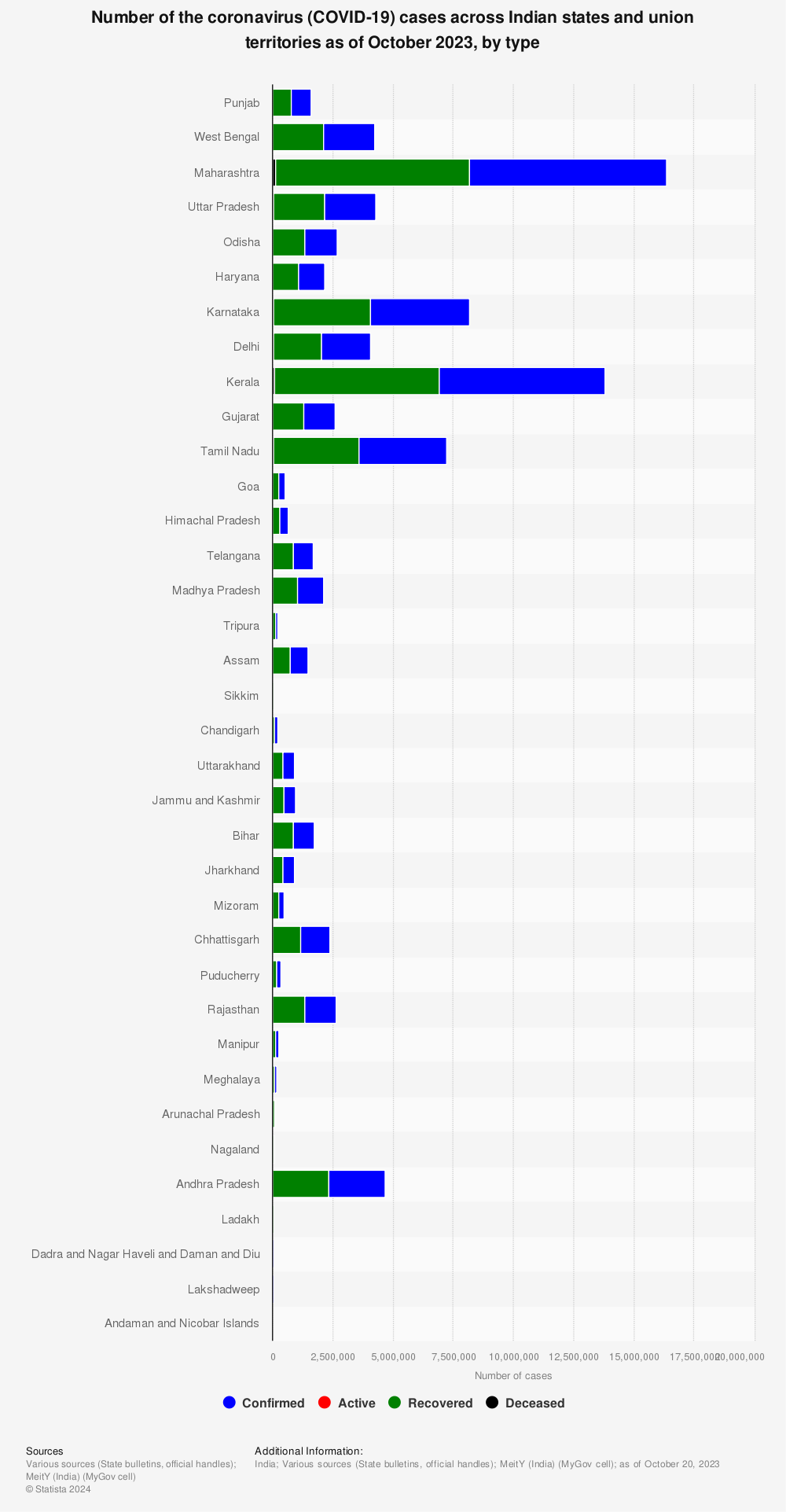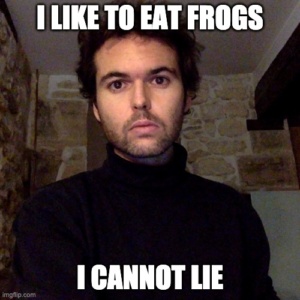
This is not a well-thought-out piece but a sort of rambling rant of thoughts in my mind for a year. My previous writing on Covid is here and Ayurveda.
I have no medical/biology/medicine background nor am I am a scientist nor do I claim to understand statistics. Read this as some thoughts of a layman.
It’s been a year since India went hard into the lockdown. And after trying N things for over a year, we are back on the verge of lockdown in Maharashtra. (at least the CM keeps threatening a lockdown). Unlike initial predictions of respite from Covid in warm weather, it appears both Covid spikes in India have occurred in the considerably warmer weather while mysteriously getting low during the winter months. While I am yet to find a convincing argument that explains several strands associated with mechanisms of spread of Covid19, some aspects of the challenge, namely public reaction needs to be assessed as we get into the second year of the pandemic.
A question to ask here is – how different would the global reaction to covid19 have been without the world witnessing the Chinese state response in the first place? Did it act like a guess in an optimization algorithm – which eventually decides the outcome in some cases no matter it’s value? The European nations first chose to ignore and when they acted they acted in echoes of China. While totalitarian states like China or the gulf countries have been able to reign in the pandemic, no significantly sized country has. What would have been the Italian reaction had they First Guess been other than China? This is not to condone any herd immunity strategies – but at least in a country like India, the cost-benefit analysis needs to be done.
Additionally, should we ask if how much did lockdown work? Dr. Watve, a scientist based in Pune has some good blogs on the topic. While I am not convinced by Dr. Watve’s reasoning yet, its opposite doesn’t appear convincing too.
What else (if anything) could we have done differently? especially in India. Critics of government often talk about the lack of testing as an issue in India. Personally, I feel once we get a critical mass of vectors, testing and tracing becomes merely a placebo exercise. Aping the WHO models on test, trace on Indian scale (at least with the resources we have).
Another thing that continues to bother me is the Fomite transmission theory. Going through the literature, I couldn’t find convincing research to believe it in the first place, let alone taking it to the insane level it was taken to – especially in India. Newspapers and milk delivery was turned off for months. Home deliveries of groceries were turned off initially. Shops were open only for small durations of the day. All these measures together meant that whatever essential services were available were often extremely crowded with people. How much did these bizarre policies initially aid the transmission of covid?
I still remember vividly the most spectacularly stupid team meeting I have been part of. This meeting took place around 10-15 March 2020 to let the employees know that the company was doing everything they can to stop covid around the company premises (which was mostly a rain of sanitizers). In this meeting, the management called around 30-40 people in a closed room and talked without masks (that was early 2020, and even the scientists and WHO were maskophobic back then). Anthony Fauci who today, parades in “Rand Paul’s words” in two masks after getting two shots of vaccine, was saying a year back that masks are unnecessary (or even counterproductive). It’s perfectly acceptable for humans to make errors and correct those in the course of action – that’s something we should all try to do. But an analysis of what led us to make those mistakes in the first place ought to be done. Or was it just another example of the Sun revolves around the earth?
Local authorities (including society chairmen etc) have been on a different level of insane. After seeing city authorities sanitizing roads, pavements, trees, and even migrant laborers, whenever a patient is found in a building, the staircases, floors, and grounds continue to be sanitized. I am not even a novice on Bacterial evolution, but on my rudimentary understanding- this use of sanitizers scares the shit out of me. It is not that I am totally sure that fomites don’t spread covid, but the focus on fomites has also meant the possible aerosol spread was not focussed on. What’s worse, in my opinion – the focus on fomites and sanitization has lulled large swathes of people into the sense of false security. People wash their hands, sanitize groceries, but when talking to people often take down masks. Almost 95% of the cases I have heard have of contracting covid from a distant family member indoors or at some function. Yet people continue to focus on sanitization while attending public gatherings and religious ceremonies. At one point in my society, deliveries had to be collected at the society gate while members celebrated Diwali, New years, and Republic day inside without masks in large numbers. To this day, servants and handymen are treated with suspicions while friends and family (some of whom may have more exposure) arent. We have a separate lift for non-members – while members don’t mind traveling in lifts with unmasked members.
However, another question posed by this pandemic is, what should be the role of the state? and what should be its Aim?
- Is the Aim to try and prevent every covid infection – at cost of the economy and livelihood?
- Is the aim to avoid the overcrowding of medical facilities so as to avoid collateral damage?
- Is the aim to keep pushing potential cases in the future – so as to reduce potential cases by vaccination?
When it comes to livelihoods, we need to separate two strands – the effect on the economy due to natural fear in people & and lockdown invoked economic downturn.
The mathematics of economic catastrophe is clear enough to follow – while the mechanism of spread seems to allude even the best of the minds. Every time someone comes up with reasons for why Covid stopped spreading rapidly around the end of 2020 in India and began afresh in 2021. The lockdown had ended in October and *new normal* activities had opened by November, but it appears this increased activity didn’t immediately accelerate the pandemic. Intuitively I would guess it takes time to gain a critical mass and a similar time for it to reduce. The momentum of the critical mass of vectors ought to carry on the spread (due to unavoidable contacts) in spite of overall contacts being low. Maybe once the first fuel was exhausted, it took time to gain a similar mass of vectors before it could truly explode. Add to this the new variants and reinfections (especially those who were asymptomatic the first time), then maybe the second wave starts making sense. Or maybe I am just pulling theories out of my ass which has no value – Either way I don’t mind as no one seems to have any deep insight into this.
All well-meaning people have been trying to shield the elderly for over a year. I have myself spent hours convincing older people to stay secure. But at what point does this become unbearable for a 75-year-old? Would it be wrong for an older person to be to think that they might not survive the pandemic (dying naturally amidst it) to live the end of the pandemic? Can they decide to take the risk of living a few months dangerously ahead of being condemned to a year in lockdown. (This equation has changed now with vaccines but the question still carries some weight I reckon)
Maybe this time next year we would have more answers than we have at this point. And hopefully, we would devise better strategies in countering such events in the future than acting like imitating monkeys in an experiment.


 Another BP Podcast is up. You can listen on
Another BP Podcast is up. You can listen on